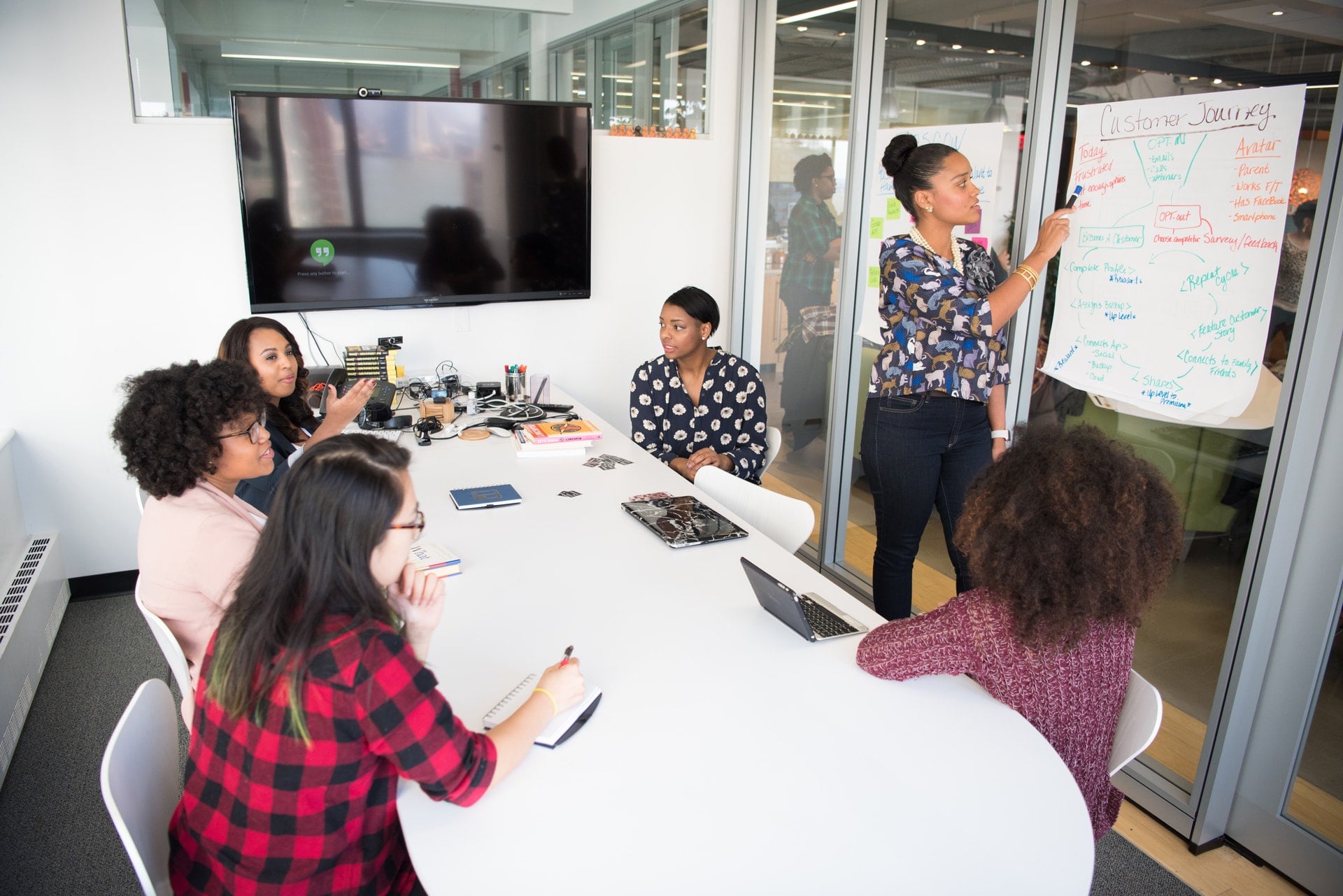Gender equality is a fundamental human right and the critical foundation for a more peaceful, prosperous, and sustainable world. So, it’s no surprise that Gender Equality is number 5 on the list of the 17 Sustainable Development Goals (SDG’s).
It’s been four years since 193 Heads of State unanimously adopted the 2030 Agenda for SDGs and notwithstanding some important progress; the real hard-hitting change we’re seeking is still out of reach.
Gender parity has taken centre stage for many companies who are striving to be responsible corporate citizens committed to playing their part in achieving the SDGs. However, women continue to earn less money than male counterparts, have fewer opportunities for promotion and development, and are still subject to workplace abuse.
This is despite the fact that the value of gender leadership parity has been well documented for several years. In fact, research shows that companies with higher female representation in executive positions have a 34% higher total return to shareholders than those who don’t.
Historically we’ve seen that a haphazard approach to gender parity in companies has not shown any real sustainable change in the long run. Instead, relying on people data seems to be the most effective. A study conducted by Visier of over 100 000 employees in 15 companies showed that:
1. People data improved the female leadership ratio to males by 4%
2. People data improved retention of female leaders by 3.7%
The question we now need to consider is not if People Analytics will improve diversity and inclusion in companies, but how it can improve it.
Here are 5 ways People Data can improve gender parity and diversity and inclusion initiatives:
It provides certainty and accuracy:
Without People Data and analytics, companies play guessing games to ascertain what the current gender balance landscape looks like, what contributes to the success or failure of diversity and inclusion initiatives, and whether or not any real measurable change has taken place.
It tells us where exactly diversity and inclusion initiatives would have the biggest impact
Having a broad understanding of a company’s diversity landscape is great, but People Data would provide a more granular view of different business units that would highlight specific places where diversity may be lacking or concentrated.
It empowers HR and executives
People Data will allow key stakeholders to have robust, confident discussions about the diversity and inclusion talent pipeline and ensure that these are kept top of mind.
It will help focus coaching and development initiatives
Coaching and Development initiatives need to continue to focus on the C-Suite level in order to break through the glass ceiling and make progress on gender leadership parity. In addition, there should be an intense focus on coaching and developing a pipeline of entry to mid-level women in order to overcome the “broken rung” of the corporate world that stops women from gaining access or being promoted at the same rate as their male peers.
If we want to see profitable and positive workplaces, and if we seriously want to contribute to achieving the Gender Equality SDG, then People Data and analytics are of the utmost importance.






